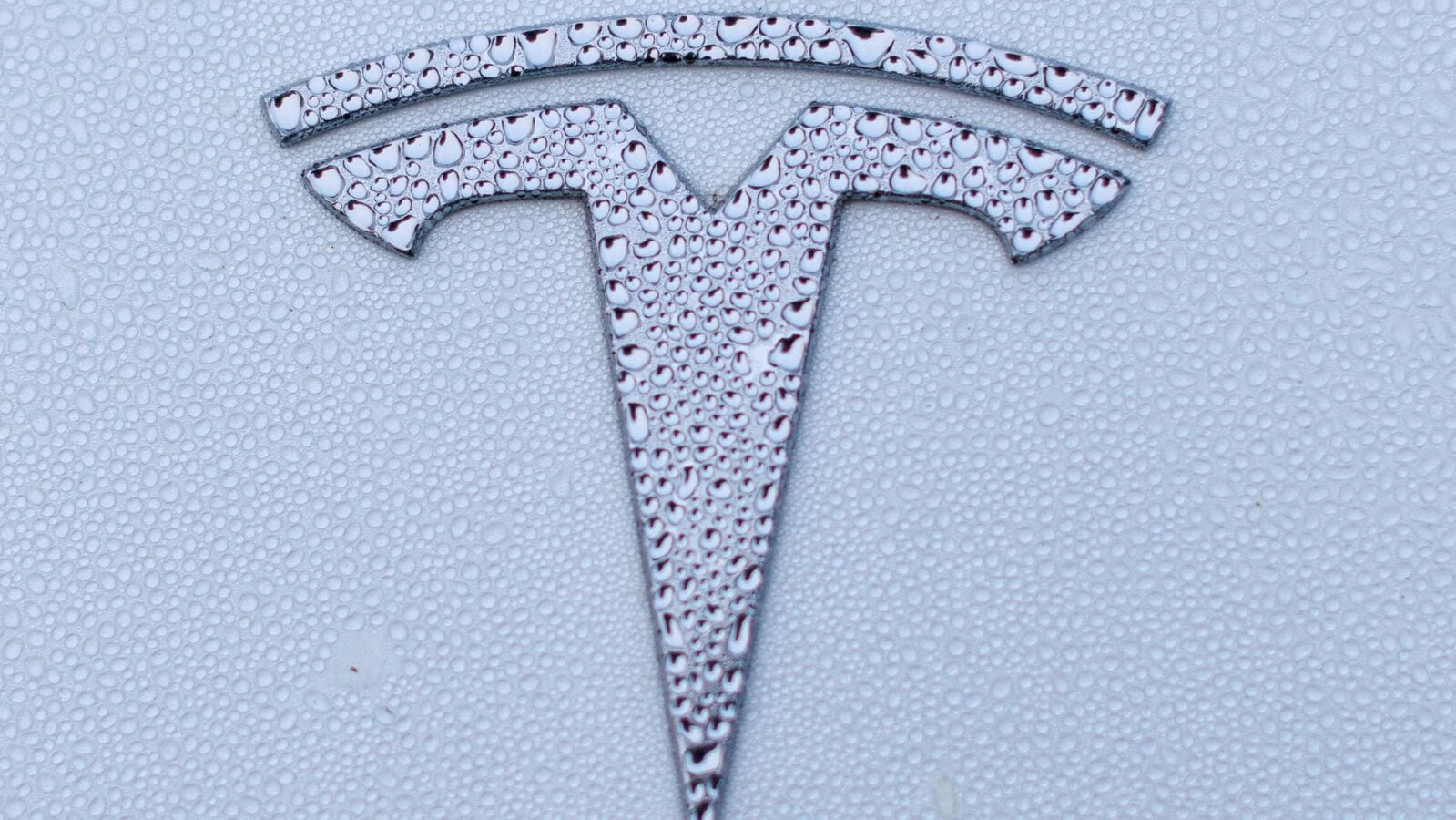Describing the autonomous taxi ecosystem as an “$8 trillion to $10 trillion global revenue opportunity,” Wood sees platform providers such as Tesla taking as much as half of that. Investors are shifting away from valuing Tesla purely as an electric vehicle maker, pricing in some of the autonomous taxi potential, she told Bloomberg Television’s David Ingles and Bloomberg Intelligence’s Rebecca Sin in the Tiger Money podcast.
“Autonomous taxi platforms are the biggest AI project evolving today,” she said, adding Ark has primarily based its Tesla valuation on its autonomous driving potential. “If we are right, the stock has miles to go.”
Listen to our new Bloomberg podcast Tiger Money, available inside the terminal, Apple, Spotify
Wood’s comments came after Tesla’s share prices slumped nearly 43% this year through April 22, as electric vehicle sales slowed globally. A rebound in the last two months has erased most of the losses, though it’s still underperformed former Magnificent Seven technology peers by wide margins.
Wood has been bullish on Tesla for a long time, making it a top holding in her Ark Innovation ETF. The fund has lost nearly 9% this year, while assets slumped about a third, partly due to redemptions. That compares with an 18% gain in the S&P 500 Index. Wood is known for making outsized predictions, including her call that Bitcoin would reach as much as $1.48 million by 2030.
Autonomous taxi networks will be a “winner-takes-most” opportunity, where the provider that can get passengers from point A to point B in the safest and quickest fashion will clinch the lion’s share of business, Wood said. The network provider will be able to take a 30% to 50% share of revenue generated by fleet owners on its platform, giving it “a recurring revenue with explosive cash flows” as well as a profit margin north of 50%, she added. That departs from the build and sell, or “one and done” business model of making vehicles.
“That is what we think people are missing: the size of the opportunity, how quickly it’s going to scale, and how profitable it’s going to be,” she said, adding she expects Tesla to lead the US market.
Tesla’s weighting in the $6.5 billion ARK Innovation ETF Fund surpassed 15% last week. Ark doesn’t usually add to a position once its weight in the portfolio hits 10%, Wood said. While a holding may drift higher from share appreciation, the firm would usually start selling well before it hits Tesla’s levels.
The asset manager has taken some profits on Tesla but has permitted it to surge beyond the normal ceiling, believing Elon Musk’s company is on the cusp of sharing a lot more information on its robotaxi project, she said.
Tesla delayed its planned robotaxi unveiling by two months to October to allow teams more time to build additional prototypes, Bloomberg News reported on Thursday. The news sent the stock down 8.4%, the steepest one-day drop since January. Wood is unfazed.
“We’re probably getting closer to this robotaxi opportunity, not further away,” she said. Musk “wants to show us something more awe-inspiring than we might have seen on Aug. 8. And he believes it’s possible by October.”
Tesla doesn’t yet have regulatory approval to put driverless cars on the road, and its vehicles still aren’t capable of safely manoeuvring without constant human supervision. However, many investors believe it will eventually bring the technology to market and have bid the stock up alongside Musk’s increasingly bullish claims.
Ark’s valuation model hasn’t taken into account much of Tesla’s potential in China or in the humanoid robot and energy storage space. Musk in April won in-principle approval from Chinese officials to deploy its driver-assistance system into the world’s biggest auto market, after reaching a mapping and navigation pact with Chinese tech giant Baidu Inc. and meeting requirements for data security and privacy protection.
As the autonomous trend spreads across the transportation industry, autonomous trucks could undercut railways in pricing and provide point-to-point services, she said. The railway systems favoured by veteran investor Warren Buffett may be “stuck with stranded assets,” she added.
Wood continued to cast doubts on Nvidia Corp.’s gravity-defying valuations. Ark bought the AI-focused chipmaker at $4 in 2014 and held it until it approached $40 on a split-adjusted basis. It sold most of its stake before the stunning rally since last year.
Investors who catapulted the stock to the current height haven’t baked in the amount of time it will take businesses to figure out how to adopt the transformational AI technology. “It is simply, in our view, too much, too soon,” Wood said.
Market concentration
Investors have been piling into the Magnificent Six, driving stock market concentration to a level higher than that of 1932, she said. Back then, investors flocked to mega stocks such as AT&T Inc., whose huge cash cushions and free cash flow were seen as boosting their chances of survival after the Great Depression. The four ensuing years instead saw smaller companies outperform.
Similarly, higher interest rates have driven investors toward the Magnificent Six for their massive cash positions and in part for their AI-propelled revenue growth. Investors’ risk appetite will broaden to other stocks with disruptive technologies as interest rates fall.
“Now would be the wrong time to sell our strategy,” Wood said. “We believe interest rates are going to come down and going to come down more dramatically than most people think.”
First Published Date: 17 Jul 2024, 06:42 AM IST

